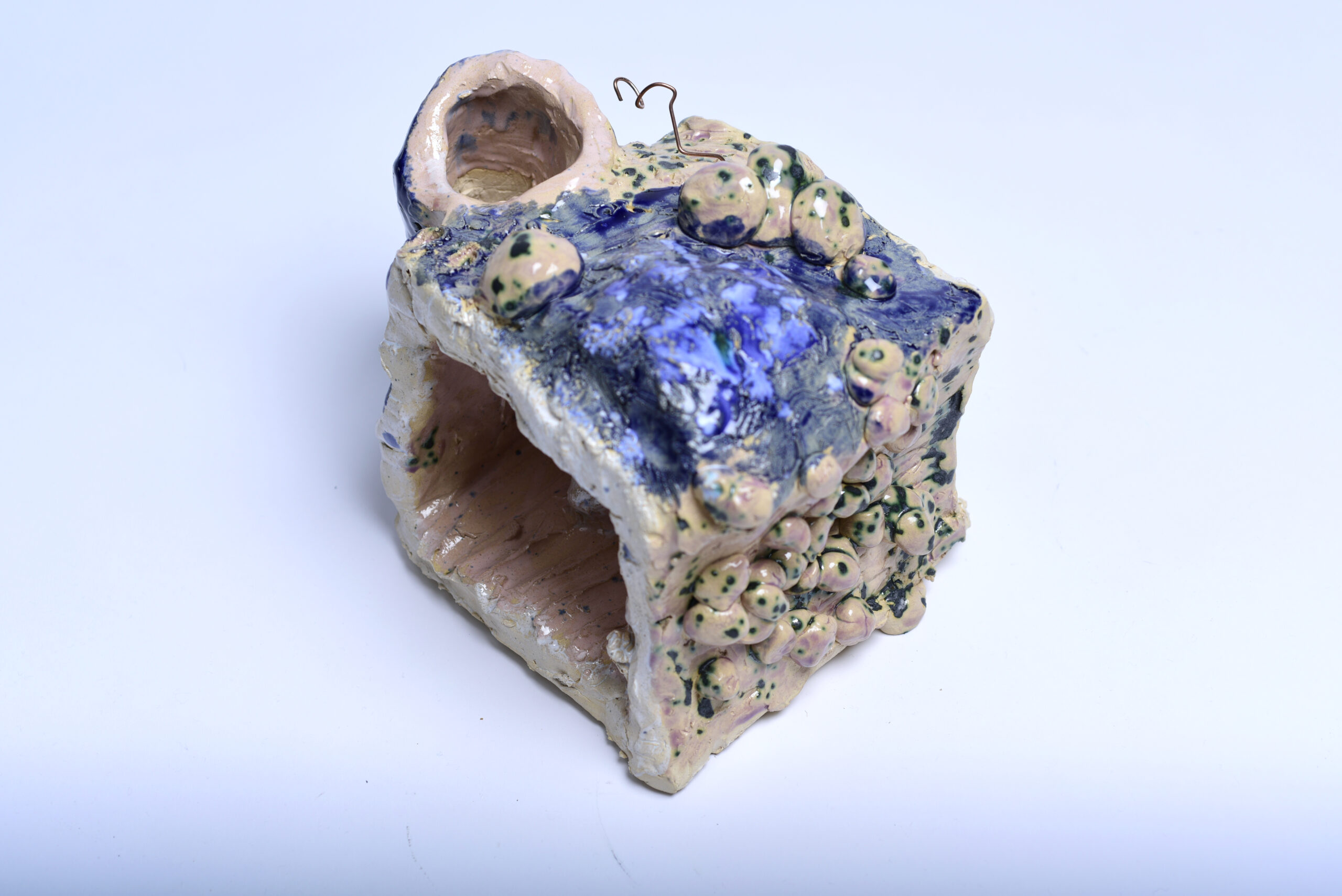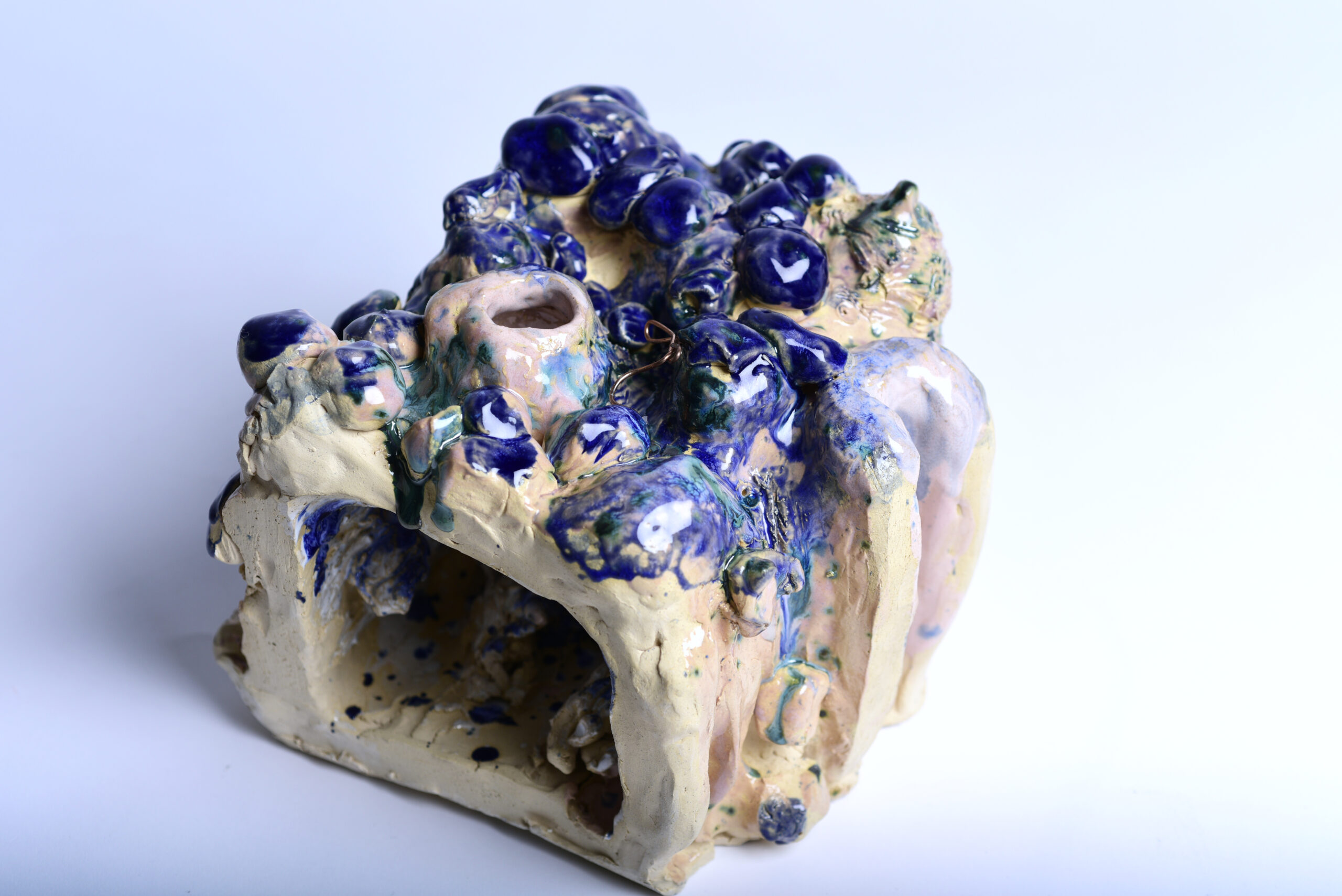Membra(i)nes
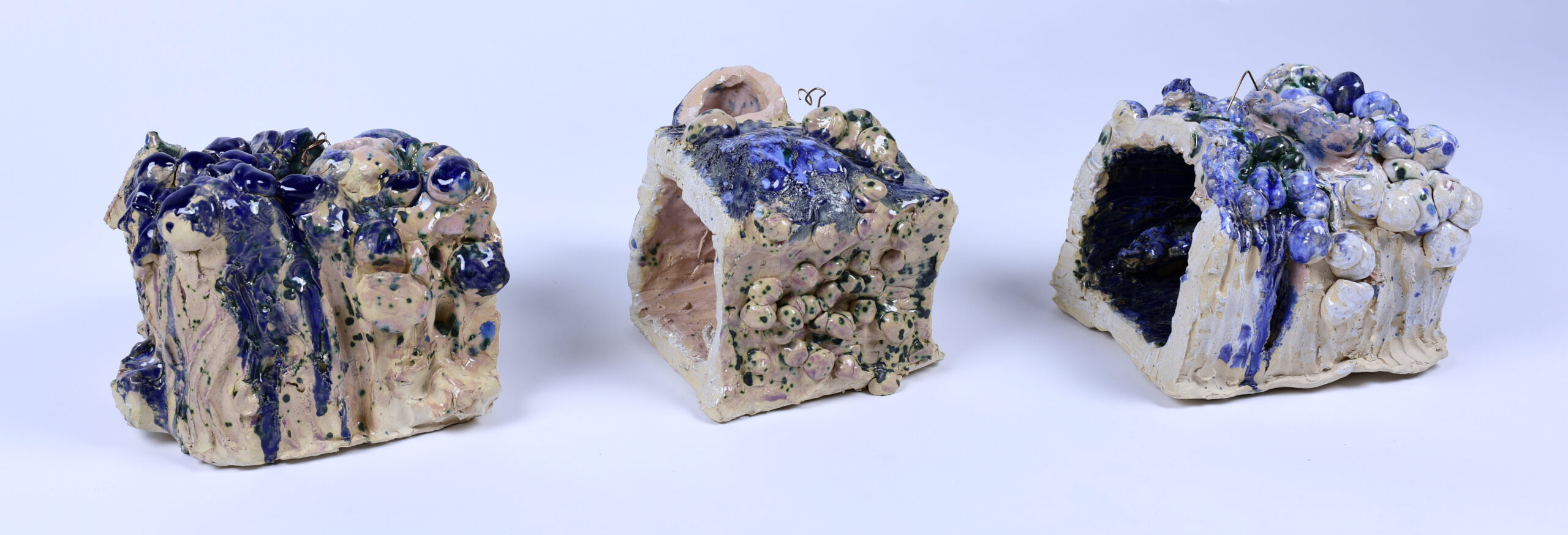
My cell membranes are as dynamic as my gender – how the fluid mosaic model can provoke new reflections on gender identity and performance
Animal cells were originally thought to be contained by a rigid, static structure, but over time, it became understood just how dynamic the cell membrane is. The fluid-mosaic model of the cell membrane, proposing that membrane elements are dispersed in a mosaic pattern and exist in a quasi-fluid state of intra-molecular movement, was released in 1972 and is still the most widely-accepted and relevant model to date. The development of this model to understand and visualize cell membrane structure and function was an essential step in cell biology that has had far-reaching impacts in scientific and medical research.
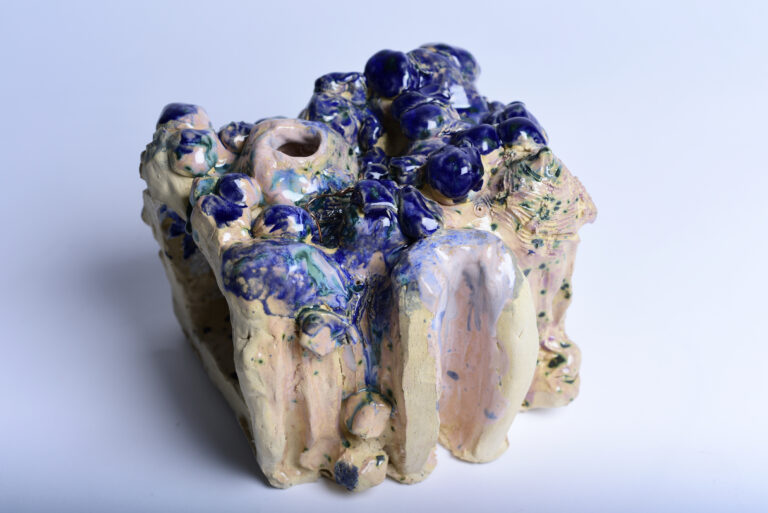
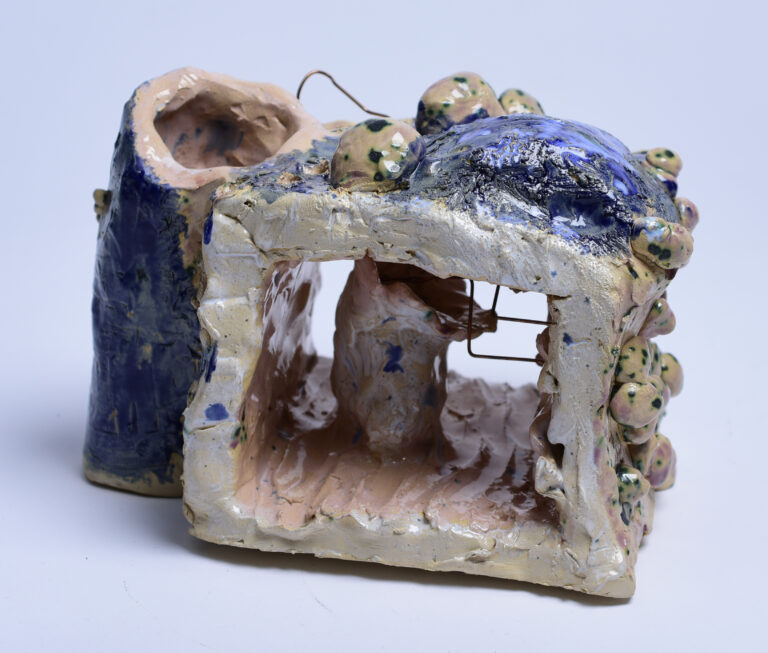
What parallels can be drawn between this shift in understanding the membrane as a much more complicated and dynamic structure, and modern thinking about sex and gender categories, when viewing the history of Western science through a queer feminist lens? Additionally, how do the elements and features of this model present opportunities for us to consider the elements and features of gender identity and performance?
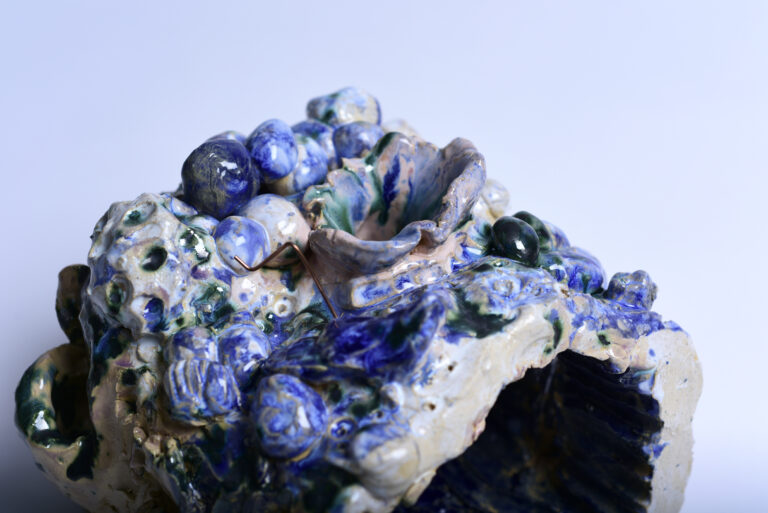
Using cross-discipline sources, this sculpture series combines visual art with scientific research to explore and engage with the historical and cultural context of the fluid mosaic membrane model’s development and its use as metaphor.
This series was presented as part of my presentation speech at the 12th Annual Conference of the Gender Studies Association and public programme 15-17 June 2023, at the Burg Giebichenstein Academy of Art and Design Halle and the Academy of Fine Arts Leipzig.
